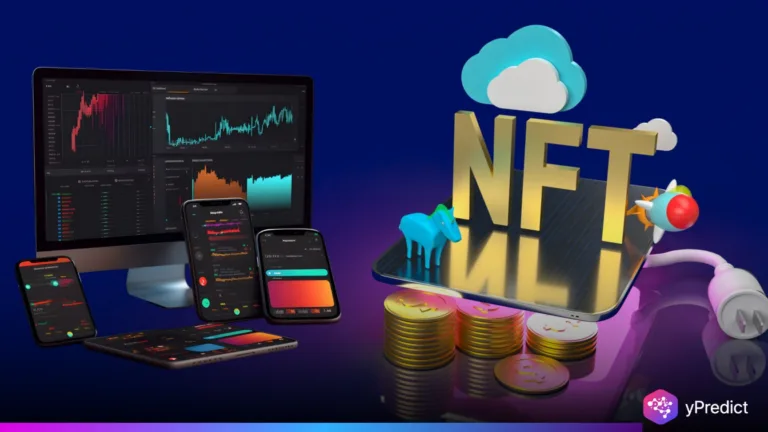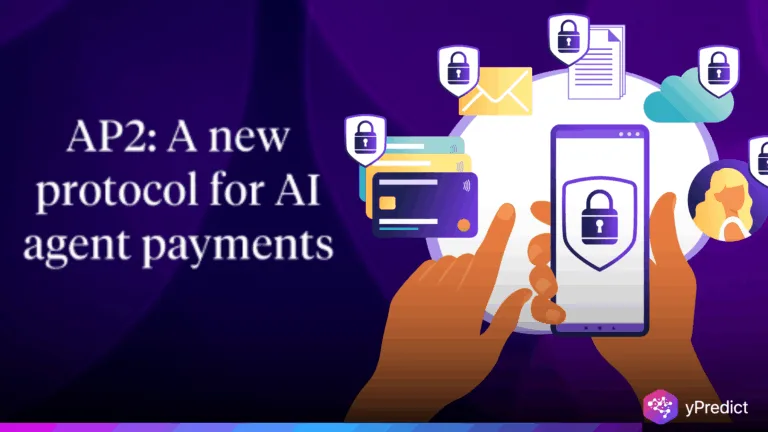
A major entertainment company learned the hard way that even a personal AI app can trigger catastrophic consequences. One of its employees downloaded a seemingly harmless AI tool—only to open a backdoor that allowed a cybercriminal to spy on private messages, business strategies, and finance records for months. The attacker eventually dumped over 1 terabyte of sensitive company data online, exposing a massive vulnerability in how we protect data in the age of AI.
AI and Cloud Data Breaches Are a Growing Risk
This isn’t a one-off incident. In today’s interconnected cloud and SaaS landscape, AI data security is facing unprecedented challenges. According to Varonis, 99% of companies have unsecured sensitive data, and 98% allow unverified apps to access it. This creates an ideal playground for cybercriminals.
AI-powered tools like copilots and agents are designed to consume large volumes of data. But that design also means they can easily expose critical files to bad actors if not properly managed. When AI tools tap into unprotected or stale permissions, it’s only a matter of time before something slips through.
The Urgent Need for Automated Cybersecurity
The rise of AI has overwhelmed under-resourced IT teams. With cloud data scattered across platforms and ghost accounts still active long after employees leave, manual oversight is no longer enough.
Faitelson emphasizes that legacy security models can’t keep up with machine-speed threats. Companies need to watch for red flags like unusual file access by AI agents or expired users with lingering permissions—actions best handled by automated systems.
In fact, companies average over 31,000 stale permissions, posing silent threats that AI-powered tools could accidentally—or maliciously—activate.
Next-Generation AI Data Security Solutions
Automation powered by AI is the future of cybersecurity. Tools like those offered by Varonis, a leader in the Forrester Wave™ Data Security Platforms Q1 2025 report, give businesses real-time visibility into who’s accessing what, when, and why.
Varonis combines machine learning with human expertise to:
- Classify sensitive data
- Restrict access intelligently
- Spot abnormal behavior
- Fix security risks instantly
This allows security teams to stay lean while maintaining 24/7 protection. As Faitelson puts it, “You need robots fighting robots.”
Ultimately, the goal is to ensure AI data security is proactive—not reactive—and that it scales alongside the technology it’s meant to protect.
Conclusion
The AI revolution has brought unprecedented efficiency—but it’s also exposed businesses to new cyber risks. From personal apps opening backdoors to ghost accounts leaking sensitive files, the threats are real and growing.
To stay safe, companies must rethink their data security posture with a focus on automation, access visibility, and AI governance. The time to act isn’t after a breach. It’s now.






